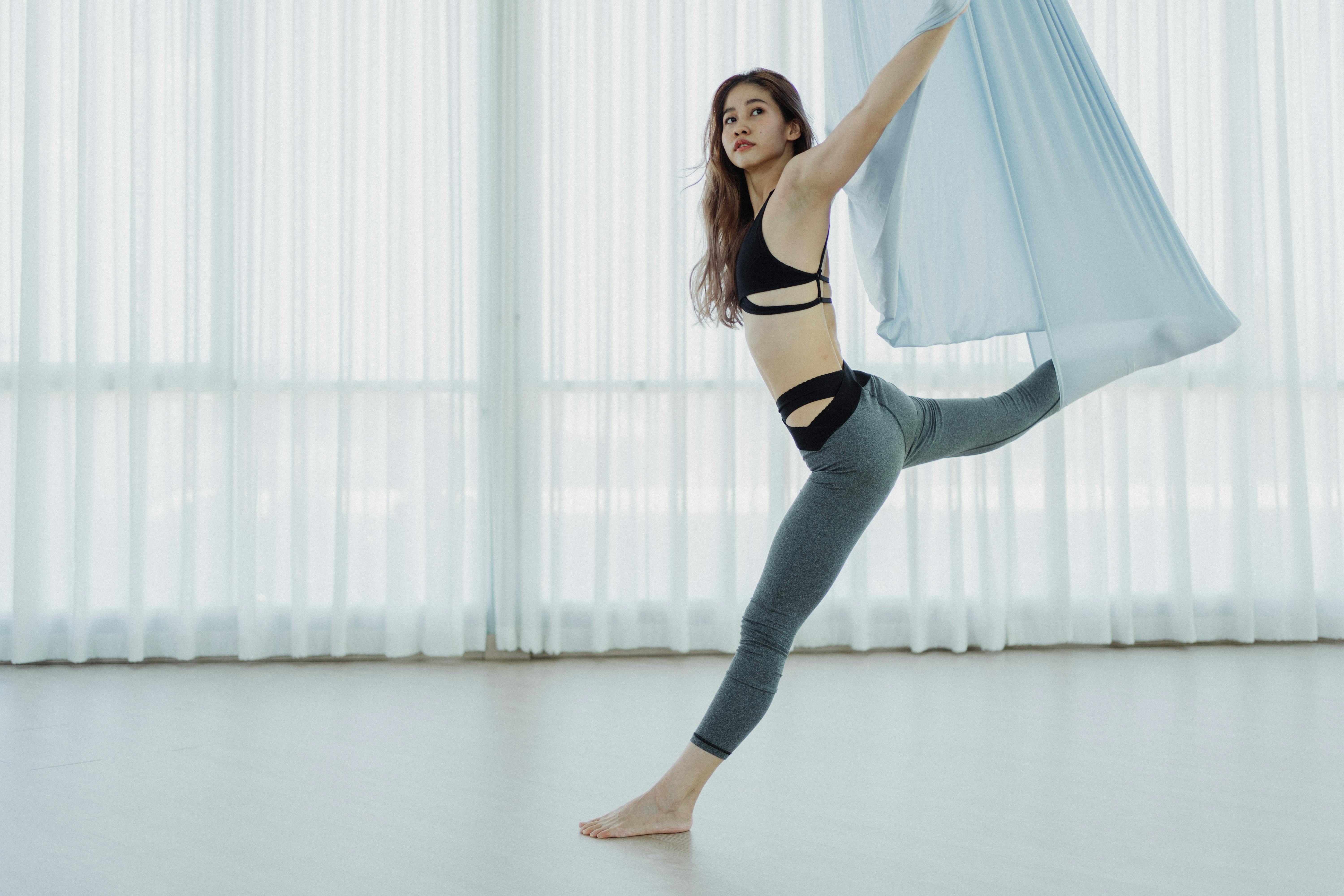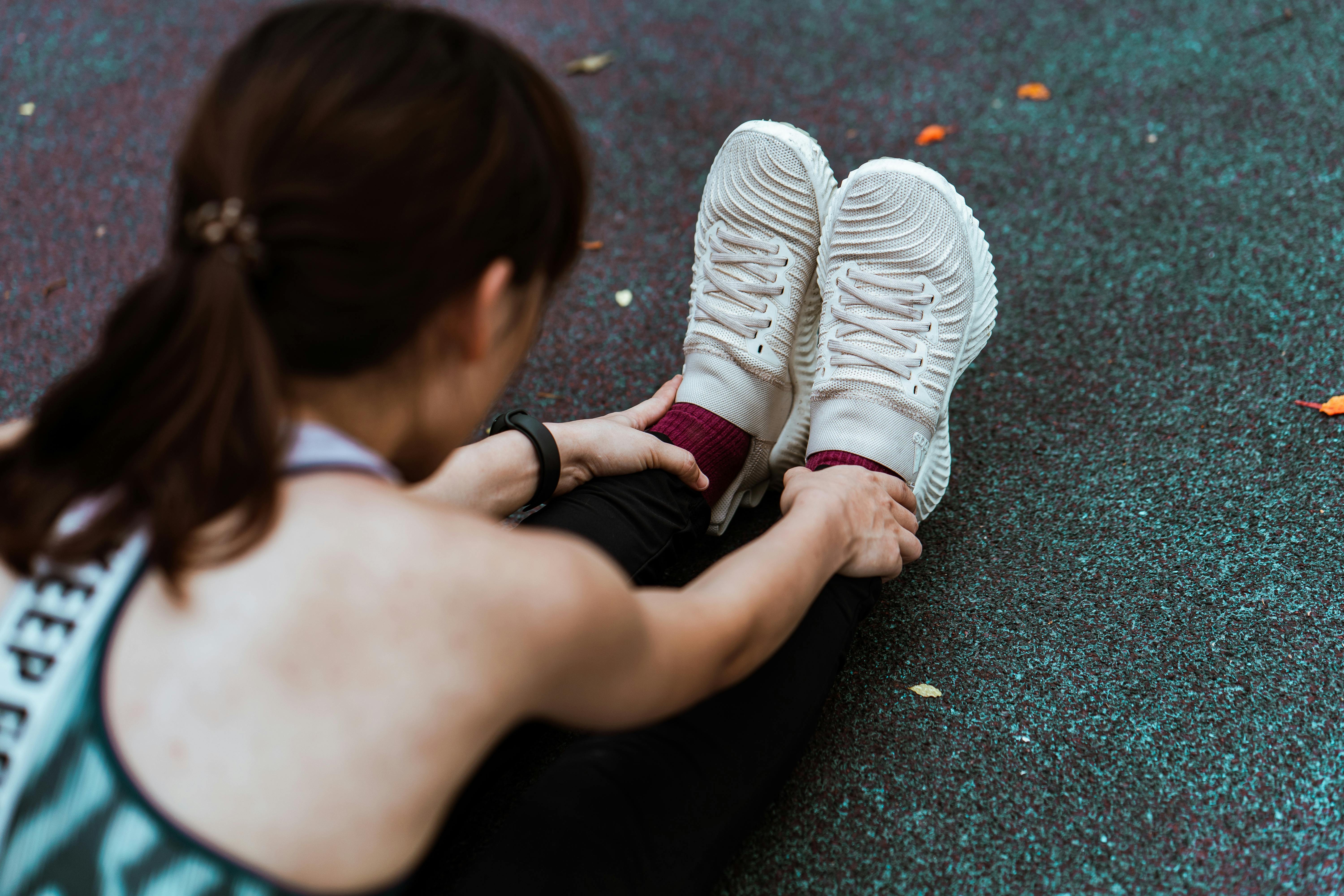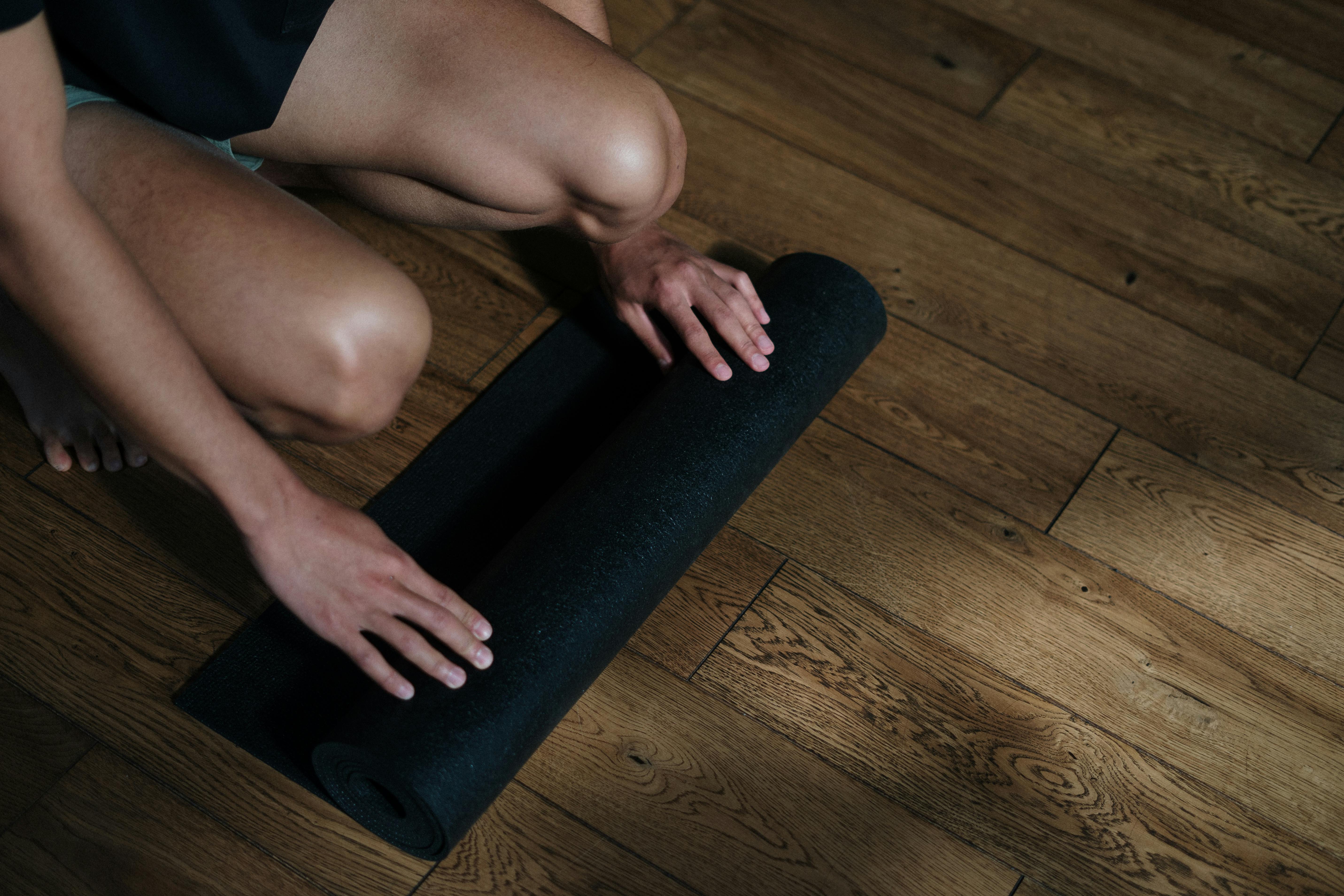Running is a great way to exercise and improve your overall health, and it’s an enjoyable activity in many seasons, but it’s also hard on your feet if you’re not running properly or wearing the right shoes.
Today we are going to talk about metatarsalgia (met-uh-tahr-SAL-juh), the ball of the foot becomes painful and swollen, a common overuse injury. No matter how hard you try to stay active and healthy, you can still run into problems. Knowing the warning signs is the key to getting ahead of any problem.
The metatarsals are the five long bones that extend from the arch to the toes. When you get up off the ground, your body weight is transferred to your metatarsals, a solid set of shock absorbers. If weight is unevenly distributed due to a tight Achilles heel or calluses, they can cause the metatarsals to become inflamed and irritated. The worst of the worst that can happen with Metatarsalgia is that you may need a shaved callus, a different insert, or a metatarsal pad or orthosis. It can lead to joint swelling, bone bruising, chronic stiffness, and loss of range of motion, so it’s best to start treatment as soon as possible.
The symptoms of M.etatarsalgia:
The most common symptom is pain in the foot, more specifically in the 2nd or 3rd toe. It is aggravated by walking or running. It is described as a sharp or stabbing pain. Metatarsalgia as a condition builds up over time, so it’s best to rest your feet after long periods of time, whether walking or running. The pain gradually intensifies the more it is left untreated. Some describe the pain as the feeling of having a stone in your shoe.
The cause of Metatarsalgia it’s quite simple, overuse. Overusing your feet without rest and conditioning, especially if being overweight doesn’t produce happy feet. The best way to avoid Metatarsalgia
Overusing your feet without rest and conditioning, especially if being overweight doesn’t produce happy feet. The best way to avoid metatarsalgia is to take breaks between long runs and to calm swelling or pain with ice when it occurs.
Metatarsalgia is not favored by any foot shape, flat foot or high arch. Just make sure you’re running in the right shoes. Always replace pads that are worn to avoid problems with your back, knees, and especially your feet.
Tip: If you like to walk on the balls of your feet, insoles will definitely help relieve some of the pressure.
Keep running and hopefully now you can keep an eye out and avoid this major issue many runners face!




